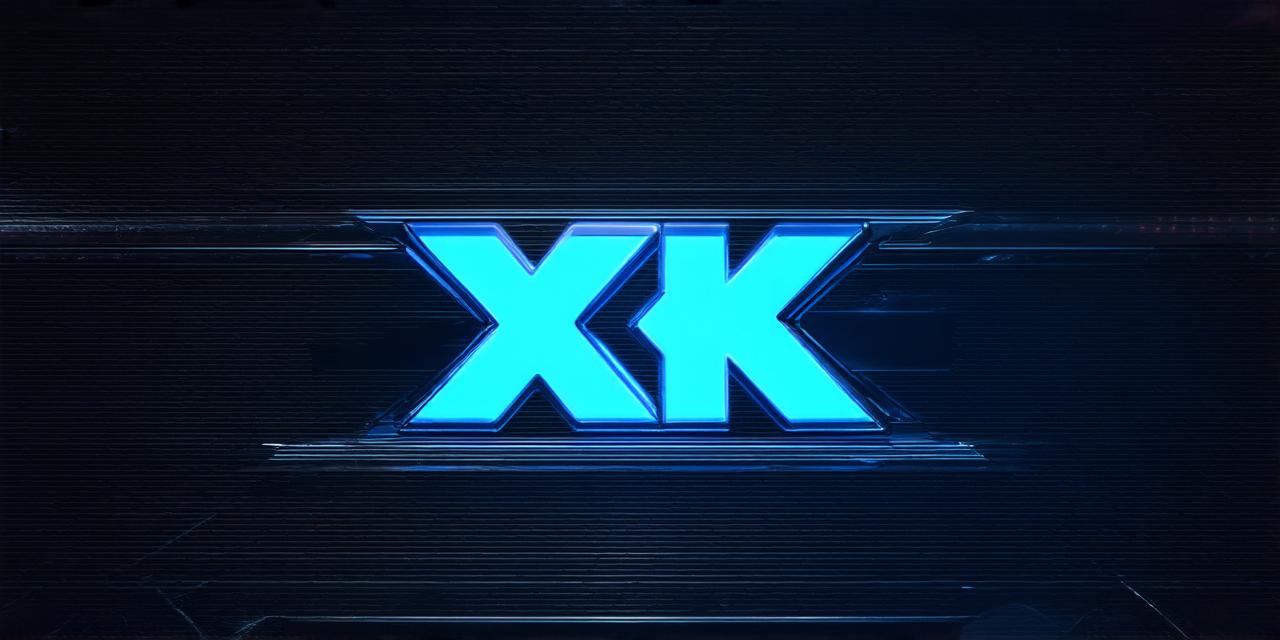Virtual and augmented reality (VR/AR) technologies have been rapidly evolving in recent years, and Unreal Engine is one of the most popular tools used for developing immersive experiences. In this comprehensive guide, we will explore the key aspects of Unreal Engine XR development, including its features, benefits, and best practices.
Introduction
Virtual and augmented reality technologies are transforming the way people interact with digital content, providing a new level of immersion that was previously impossible. Unreal Engine is one of the most popular tools used for developing VR/AR experiences, thanks to its powerful graphics engine, intuitive workflow, and vast ecosystem of plugins and assets. In this guide, we will explore the key aspects of Unreal Engine XR development, including its features, benefits, and best practices.
Features of Unreal Engine XR Development
Support for Multiple Platforms
Unreal Engine supports multiple platforms, including PC, mobile, and consoles, making it a versatile tool for developing VR/AR experiences across different devices and environments. The engine also supports various input devices such as controllers, hand tracking, and motion capture, enabling developers to create intuitive and interactive experiences for users.
Advanced Graphics Rendering
Unreal Engine’s advanced graphics rendering capabilities are one of its key features. It uses a combination of real-time and pre-rendered techniques to achieve high-quality visuals with minimal latency. The engine also supports various lighting models, post-processing effects, and material types, allowing developers to create stunningly realistic environments and characters.
Robust Animation Tools
Unreal Engine includes a robust set of animation tools that enable developers to create complex animations for characters and objects in their VR/AR experiences. The engine supports various animation techniques such as keyframe animation, physics-based animation, and motion capture, making it easy for developers to bring their digital creations to life.
Integration with AI and Machine Learning
Unreal Engine integrates seamlessly with AI and machine learning technologies, enabling developers to create intelligent and adaptive VR/AR experiences. The engine supports various AI frameworks such as TensorFlow, PyTorch, and Unity ML-Agents, making it easy for developers to incorporate machine learning into their projects.
Benefits of Unreal Engine XR Development
Rapid Prototype Development
Unreal Engine’s intuitive workflow and vast ecosystem of plugins and assets make it easy for developers to create prototypes quickly and efficiently. The engine includes a range of built-in tools such as blueprints, scripting, and asset import, enabling developers to focus on their creative vision rather than worrying about technical details.
High-Quality Visual Effects
Unreal Engine’s advanced graphics rendering capabilities enable developers to achieve high-quality visual effects with minimal latency. The engine supports various lighting models, post-processing effects, and material types, making it easy for developers to create stunningly realistic environments and characters.
Scalability and Flexibility
Unreal Engine is highly scalable and flexible, enabling developers to adapt their VR/AR experiences to different devices and environments. The engine supports various input devices such as controllers, hand tracking, and motion capture, making it easy for developers to create intuitive and interactive experiences for users.
Large Community Support
Unreal Engine has a large and active community of developers, designers, and artists who contribute to its ecosystem of plugins, assets, and tools. The community provides a wealth of resources, including tutorials, forums, and online courses, making it easy for developers to learn and collaborate with others in the industry.
Best Practices for Unreal Engine XR Development
Optimize Performance
Performance is critical in VR/AR development, as even small delays can cause disorientation and nausea. To optimize performance, developers should focus on reducing draw calls, minimizing occlusion, and using efficient materials and textures. The engine also includes various profiling tools that enable developers to identify and resolve performance bottlenecks in their projects.
Design for User Experience
User experience is the key to creating successful VR/AR experiences.
